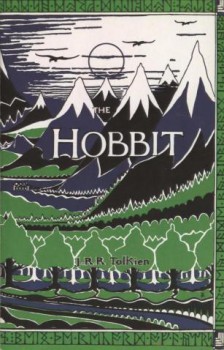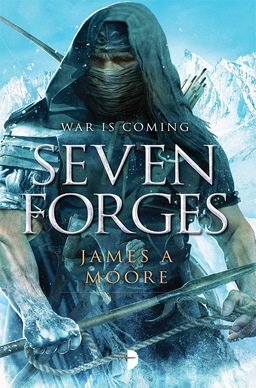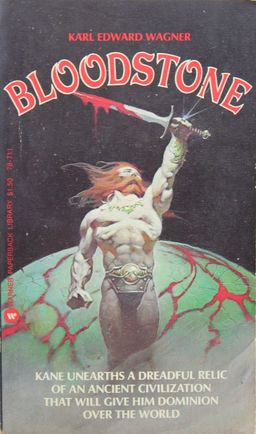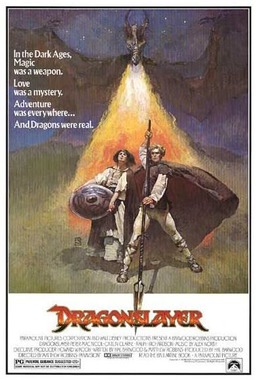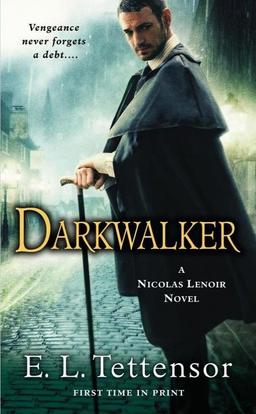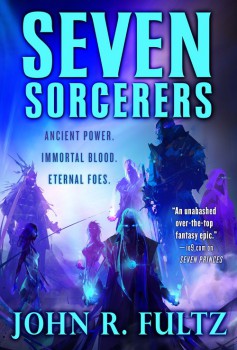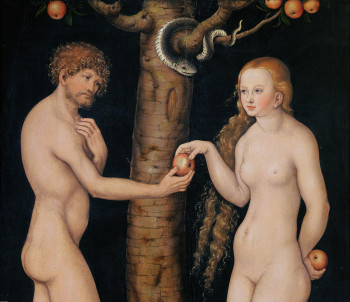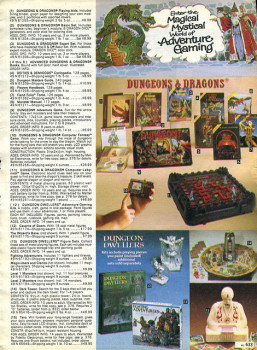Goth Chick News: Godzilla Geek Out – More on the First Trailer for 2014 Remake
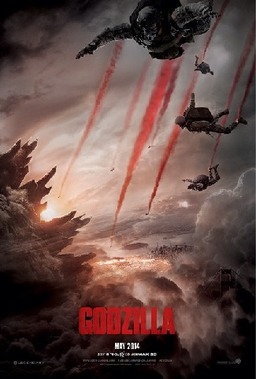 Fifteen years ago a horrific monstrosity was loosed on an unsuspecting public. It was huge and ghastly and made you want to avert your eyes.
Fifteen years ago a horrific monstrosity was loosed on an unsuspecting public. It was huge and ghastly and made you want to avert your eyes.
And it starred Matthew Broderick.
Yes, I am referring to the 1998 “American” remake of Godzilla, which outraged fans nicknamed G.I.N.O., an acronym for “Godzilla in Name Only,” to ensure it would never be confused with the original source material.
To be fair, there were two good things about the film. One, even with an estimated budget of $130M it did at least break even in the US, pulling in $136M. Second, TriStar Pictures was able to keep all the velociraptor special effects guys employed (they had recently been laid off following the release of Jurassic Park: Lost World in 1997).
However what happened this week may finally eradicate the revulsion from our collective memories.
As my co-worker Ryan Harvey announced on Tuesday (by jumping up and roaring “out loud with him at the top of my lungs”… while at work), Legendary and Warner Brothers released the trailer for their 2014 Godzilla reboot and it looks pretty epic. Considering how long it took me to actually access it, there is clearly a whole lot of interest in seeing what will happen with the iconic monster this time around.
Monsters‘ special effects guru, Gareth Edwards writes the story and directs an eclectic cast including Elizabeth Olsen (Kill Your Darlings), Bryan Cranston (Breaking Bad), Aaron Johnson (Kick-Ass) and Juliette Binoche (The English Patient).
